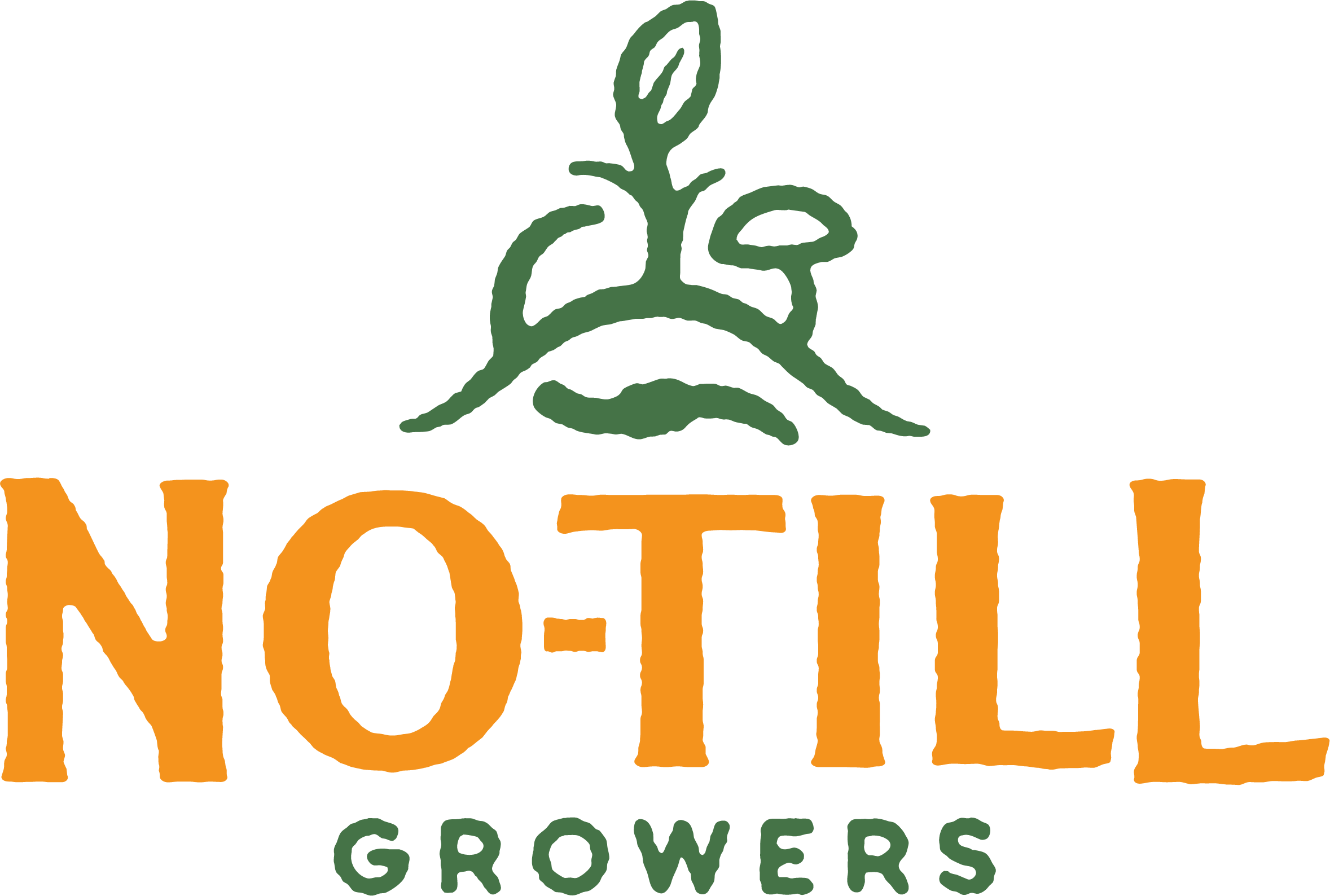What Happened When We Put a “No-Till” Sign on Our Market Table...
I was reluctant at first…
…but, also curious. This is pretty much my constant state of being.
I wondered, what would happen if I put a sign that read “No-Till” in real big letters on our market table? Would customers care? Would they ask about it? I genuinely had no idea. No-till is not exactly “no chemicals” or what people have come to think of USDA organic. It’s more abstract. It assumes the customers understands that most gardens are, in fact, subjected to regular tillage, in the same way that we popularly assume that most conventional grocery store food is, in some way, sprayed.
So Hannah painted those two words (and one hyphen) on a block of wood.
To back up for a second, we talked briefly about how to discuss your farming practices in our interview for the podcast based on a question from a Patreon supporter, but I don’t think we covered it well enough. We both got off on our own little tangent (as podcast guests are wont and encouraged to do), but let’s get back to it here (and more in future posts) because that was part of the impetus for putting the sign up to begin with: how should we discuss it? How do we make the customers care that our food was farmed ecologically?
Putting the sign up all but guaranteed we would have to figure that out. To learn how to communicate these ideas with our eaters, we have to begin talking about them, however poorly, until we figure it out.
However, the first thing we both noticed was how odd it felt to have the word “no” on our table. We have always tried to be respectful of our fellow farmers. Our first “farming practices” sign years ago read “We’re proud of the way we grow”. It didn’t vilify conventional agriculture, it showed we were transparent and enthusiastic about our—non-certified at the time—organic produce (this sign still hangs at our booth). So having a sign that said we didn’t do something that others did made us feel exclusionary. Is that the word? It felt pretentious, and we felt a bit like uppity jerks.
That said, we did get a lot of opportunities to talk about our methods because of that “No-Till” sign. It was good practice—a crash course in discussing an obscure farming method and making it interesting for the average Jane or Joe.
And crash we did a few times. Discussing new ideas to customers without daunting them is a skill that takes time to develop. I ran into this a lot working in wine retail when people would ask what “biodynamic” meant. The first few times, I completely went over their heads (which is easy to do when talking about biodynamic, but anyway). I got the hang of it. I had to. We got the “What does “No-Till” mean,” question more than I’d anticipated.
Several times, as expected, I bungled the answer and got too in the (sorry) weeds. But this is how you tighten it up. It takes practice to talk nuanced subjects with brevity. I eventually landed on—essentially, “No-till is a style of agriculture that promotes plant and soil health by not inverting soil layers in an effort to create nutrient-dense food and keep the topsoil in place.”
Obviously, there is a lot more to it, but that seemed to me the foundation of what we do, and customers liked that. I mentioned soil loss sometimes, or ecology, or biodiversity, or carbon sequestration (though this is complex subject as David Blanchard has done a great job of describing on the forum). But, ultimately, I found that people liked the brief explanation above—it contained something immediately important (“nutrient dense”), and something more abstract, but positive (“topsoil in place”).
Ultimately, I’m not sure about the sign. I’m not sure I like it or that I like how it pens us against our fellow farmers. It was a trial, but I am looking at alternative signage. Maybe even alternative language. Something that says what no-till really is, just without all the NO…
